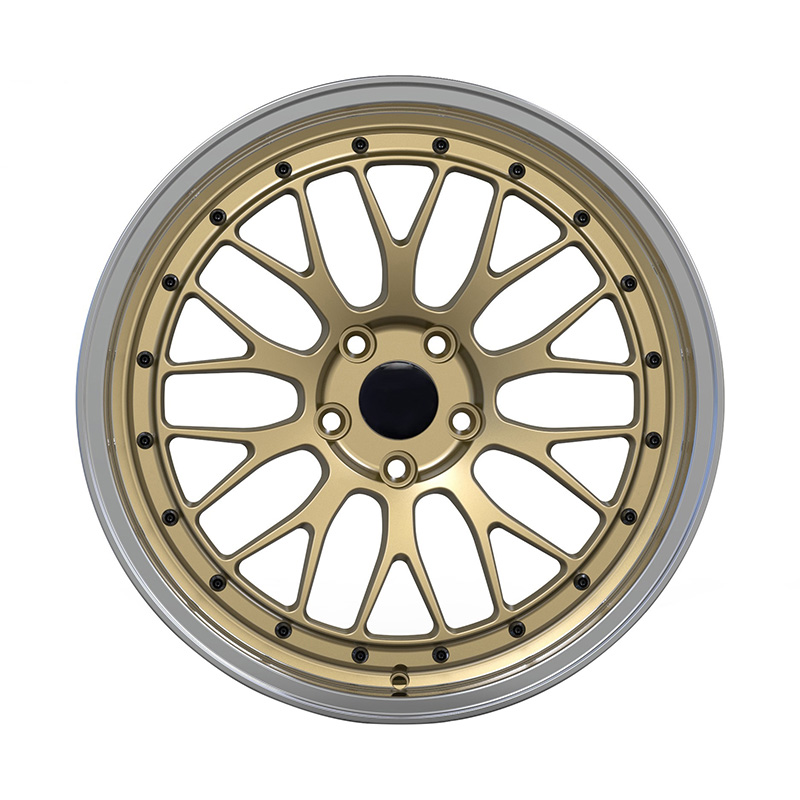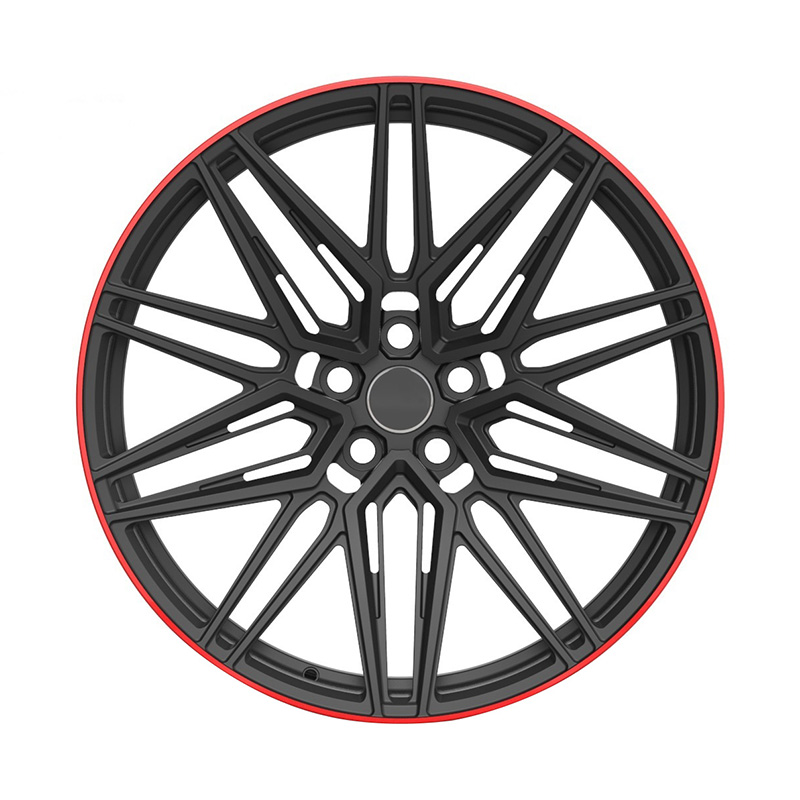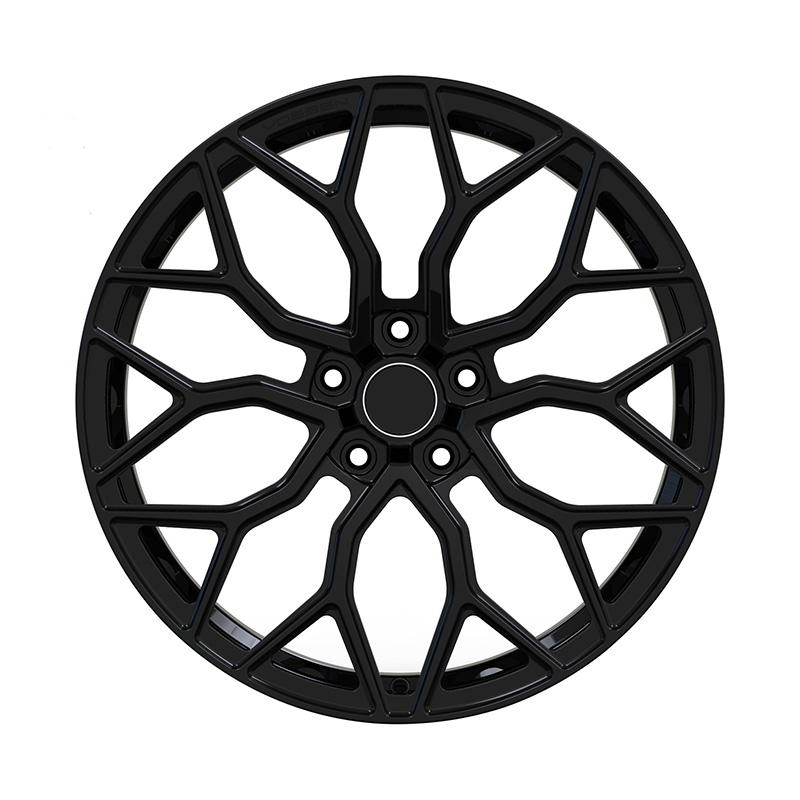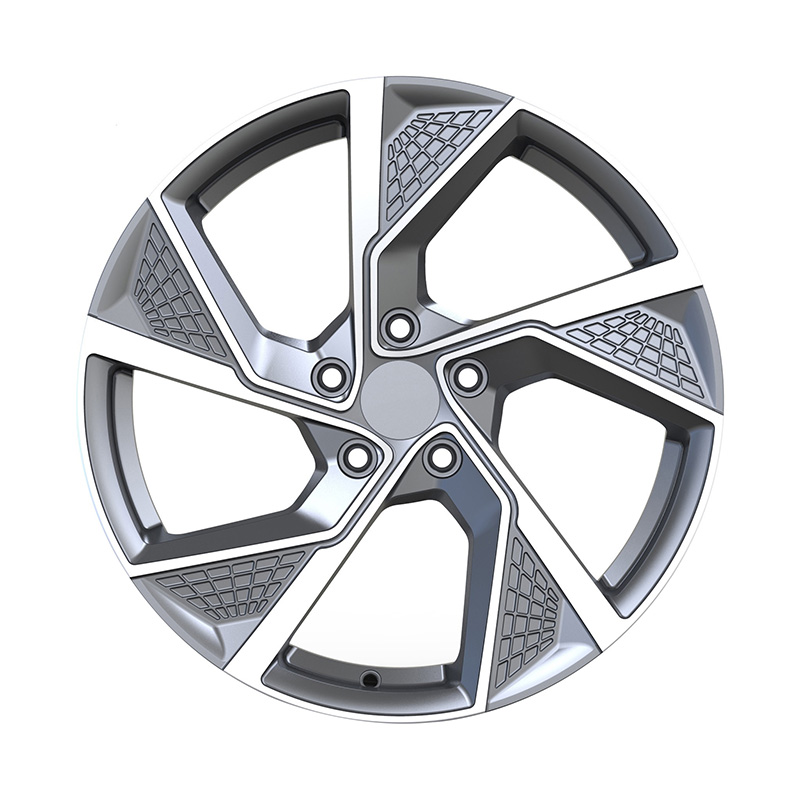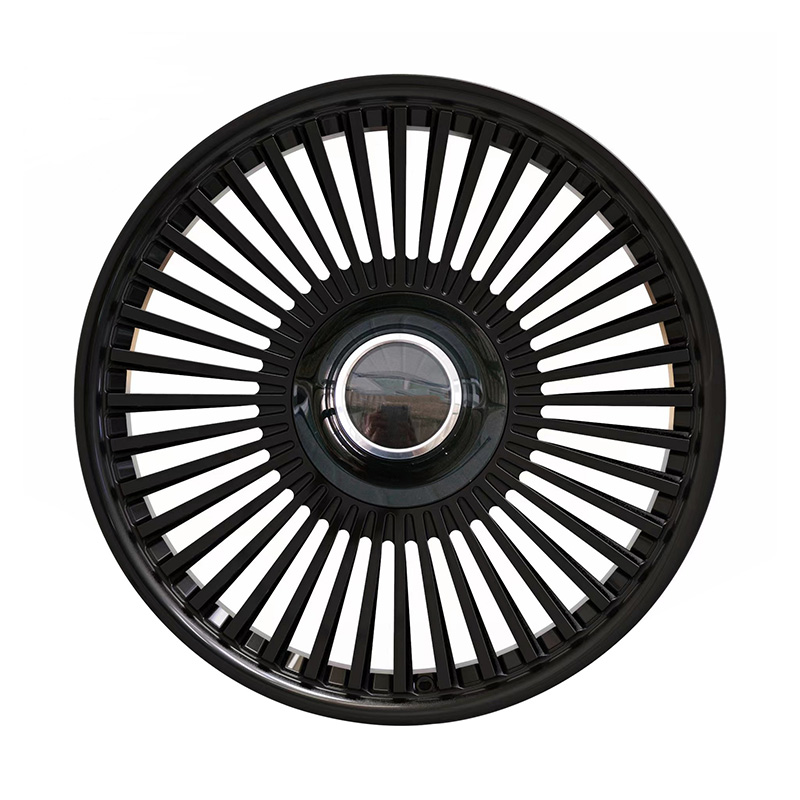
Submit
Submit feedback
Deep Dish Race Wheels and Deep Dish Rally Wheels: Key Differences and Benefits
2024-11-08
When it comes to high-performance vehicles, whether on the race track or rally stages, the wheels are one of the important components that influence a car’s performance, handling, and appearance. Among the various wheel designs available, deep dish race wheels and deep dish rally wheels have become popular choices due to their unique shapes and performance benefits. These wheels are not only designed to enhance the look of a vehicle but also to improve driving capabilities in specific environments..
Deep dish race wheels are wheels that feature a concave design, where the center of the wheel is positioned deeply inward, creating a "dish" appearance. This design is not just for aesthetic purposes but plays an important role in performance. Race wheels are typically engineered to withstand the rigorous demands of motorsport activities, whether it's for circuit racing, drag racing, or time attack events. These wheels are generally made from lightweight, high-strength materials such as forged aluminum or magnesium alloys, allowing them to provide strength while keeping the overall weight low.
The deep dish aspect of the wheel adds a deeper offset, which can help in improving the vehicle's handling characteristics. This offset shifts the wheel’s center of mass closer to the hub, which can improve the responsiveness of the car, particularly during high-speed maneuvers. Additionally, the concave design helps in accommodating larger brake rotors and better cooling by allowing more air to circulate around the braking system.
Benefits of Deep Dish Race Wheels:
Lightweight Construction: The materials used in deep dish race wheels are specifically chosen to reduce the overall weight, which is crucial for improving acceleration and braking performance. Lightweight wheels reduce rotational mass, allowing the engine and suspension to work more efficiently, translating to better overall performance on the track.
Improved Handling: The deeper offset of deep dish race wheels provides better grip and stability, especially when cornering at high speeds. This allows the vehicle to maintain more consistent control during sharp turns or under braking conditions.
Enhanced Aesthetics: Many racing enthusiasts choose deep dish race wheels for their aggressive and sleek appearance. The deep dish design gives the car a more modern and dynamic look, contributing to its overall presence on the track.
While deep dish rally wheels share some similarities with their race counterparts, they are designed specifically for rally racing, which involves navigating through rough, uneven terrains at high speeds. Rally wheels are typically larger in diameter and are built with more robust materials that are capable of handling the diverse challenges faced during rally races, such as dirt, mud, gravel, and snow. Like deep dish race wheels, deep dish rally wheels also feature a concave design, which can help improve handling, but they come with additional considerations suited for the off-road environment.
Benefits of Deep Dish Rally Wheels:
Enhanced Durability for Off-Road Use: Deep dish rally wheels are built to endure harsh conditions often encountered in rally events. The materials used are typically more rugged, with a greater emphasis on shock absorption and impact resistance. These wheels can withstand the constant pounding from rocks, gravel, and other obstacles encountered during off-road racing.
Increased Traction: The concave design of the wheel helps in improving traction, especially when paired with larger, more aggressive tires. Rally wheels need to provide grip on various surfaces, from smooth tarmac to muddy, uneven dirt roads. The deep dish shape allows for a more secure and stable mounting of tires, which enhances the overall grip.
Improved Handling on Uneven Terrain: One of the key reasons rally vehicles use deep dish rally wheels is to maintain better handling when navigating unpredictable terrain. The deep offset allows for better control when turning or drifting through tight corners or off-camber turns, providing the driver with greater stability and precision.
recommend products
-
Zhenlun Multi Spokes Split Monoblock Forged Wheels Bronze With Silver Lip Edge
-
Zhenlun Matt Black With Red Lip Monoblock Forged Wheels
-
Zhenlun Gloss Black Monoblock Forged Wheels Gloss Black For Sports Car
-
Zhenlun Monoblock Forged Wheels Lightgrey With Machined Face
-
Zhenlun Monoblock Forged Wheels Gloss Black Dense Multi Spoke

 0
0

